Scientists have entangled two objects on the macroscopic level for the first time.


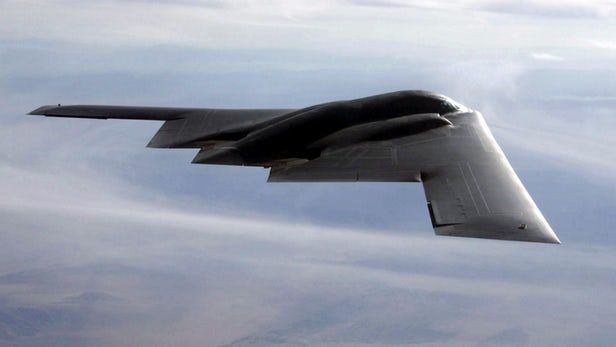
Stealth technology may not be very stealthy in the future thanks to a US$2.7-million project by the Canadian Department of National Defence to develop a new quantum radar system. The project, led by Jonathan Baugh at the University of Waterloo’s Institute for Quantum Computing (IQC), uses the phenomenon of quantum entanglement to eliminate heavy background noise, thereby defeating stealth anti-radar technologies to detect incoming aircraft and missiles with much greater accuracy.
Ever since the development of modern camouflage during the First World War, the military forces of major powers have been in a continual arms race between more advanced sensors and more effective stealth technologies. Using composite materials, novel geometries that limit microwave reflections, and special radar-absorbing paints, modern stealth aircraft have been able to reduce their radar profiles to that of a small bird – if they can be seen at all.
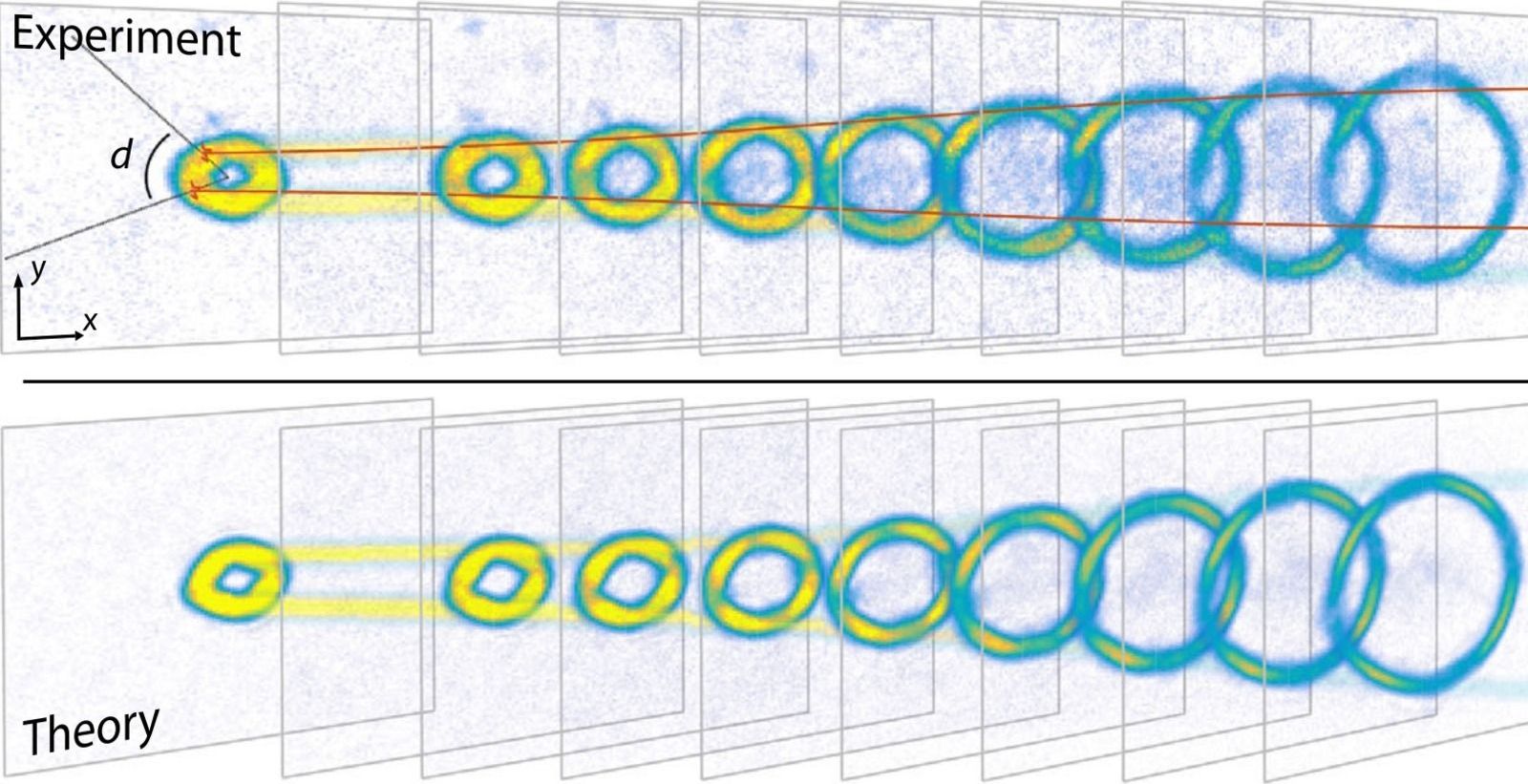
Eerie similarities unite vastly different scientific ideas in sometimes utterly surprising ways. One of these similarities may have allowed scientists to recreate the expanding universe—on a countertop.
Researchers accomplished their feat using Bose-Einstein condensates, which are collections of certain atoms held to the near coldest-possible temperatures. Bose-Einstein condensates let scientists see teeny quantum mechanical effects on a much larger scale, and have been used to do lots and lots of wild physics. These scientists hope they can use its quirks to model the behavior of the far grander cosmos.
“It’s hard to test theories of cosmology,” study author Gretchen Campbell, from the University of Maryland’s Joint Quantum Institute, told Gizmodo. “Maybe we can actually find a way to study some cosmological models on the laboratory scale.”

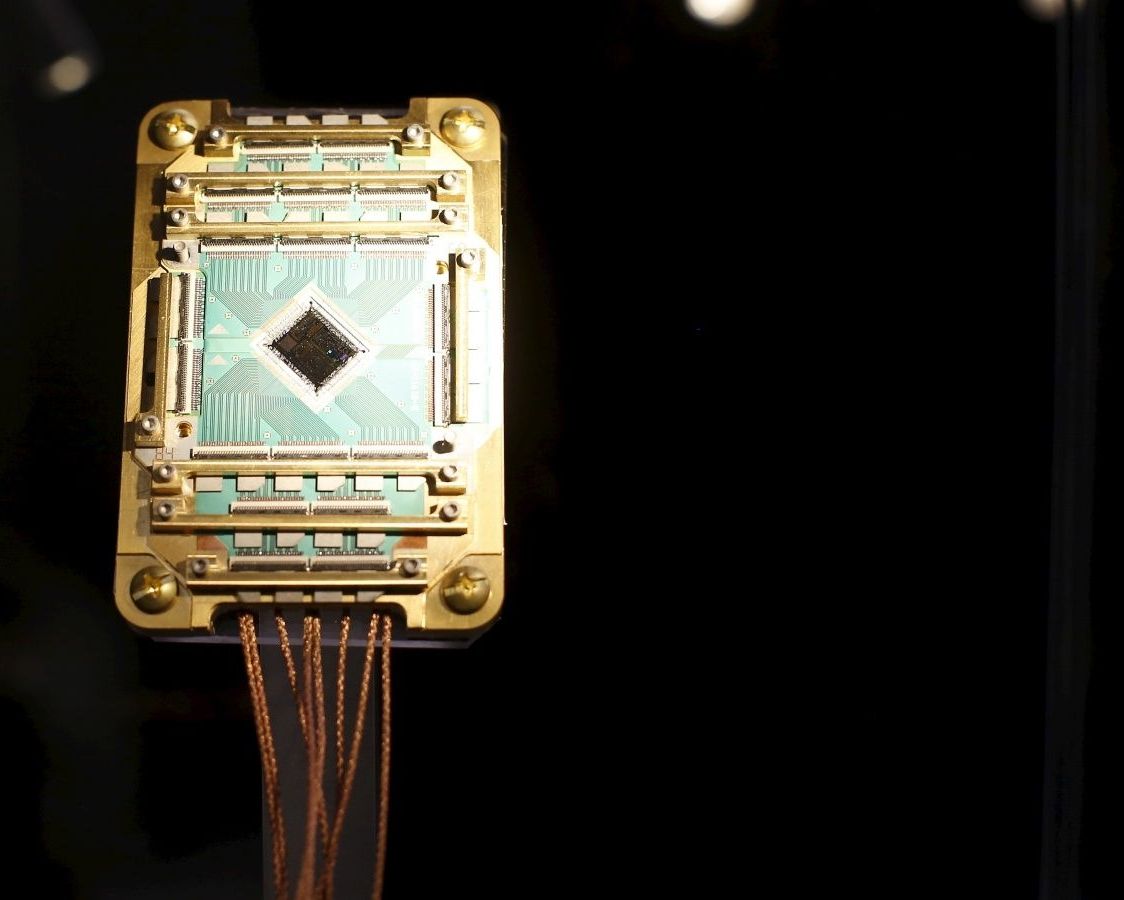
The quantum race is on, and the stakes are high. The winner will gain a military and intelligence edge, as well as a first mover advantage in what is guaranteed to be a massive industry for decades to come. How will the United States fare?
Blog Post by Guest Blogger for Adam Segal.
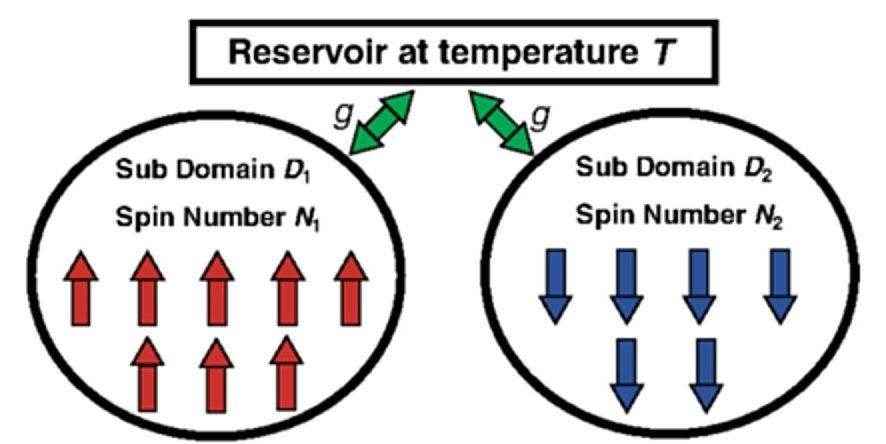
A team of researchers from the National Institute of Informatics (NII) in Tokyo and NTT Basic Research Laboratories (BRL, Nippon Telegraph and Telephone Corporation) in Japan have published an explanation of how quantum systems may be able to heat up by cooling down. Their paper appeared recently in Physical Review Letters.
“Heating by cooling sounds rather counterintuitive, but if the system has symmetries, decay could mean many things,” says Kae Nemoto, a professor in the Principles of Informatics Research Division at NII which is part of the Inter-University Research Institute Corporation Research Organization of Information and Systems (ROIS).
Nemoto and her team examined a double sub–domain system coupled to a single constant temperature reservoir. Each sub-domain contained multiple spins—a form of angular momentum carried by elementary particles such as electrons and nuclei. The researchers considered the situation in which the spins within each sub-domain are aligned with respect to each other, but the sub-domains themselves are oppositely aligned (for instance all up in one and all down in the second). This creates a certain symmetry in the system.


If you’ve read anything about quantum computers, you may have encountered the statement, “It’s like computing with zero and one at the same time.” That’s sort of true, but what makes quantum computers exciting is something spookier: entanglement.
A new quantum device entangles 20 quantum bits together at the same time, making it perhaps one of the most entangled, controllable devices yet. This is an important milestone in the quantum computing world, but it also shows just how much more work there is left to do before we can realize the general-purpose quantum computers of the future, which will be able to solve big problems relating to AI and cybersecurity that classical computers can’t.
“We’re now getting access to single-particle-control devices” with tens of qubits, study author Ben Lanyon from the Institute for Quantum Optics and Quantum Information in Austria told Gizmodo. Soon, “we can get to the level where we can create super-exotic quantum states and see how they behave in the lab. I think that’s very exciting.”

Quantum computing is promising to be one of the biggest technological revolutions of the modern era.
By harnessing the power of quantum mechanics, machines will be able to achieve data processing of speed and complexity unattainable with current computers. Traditional computers are based on a binary model on a system of switches that can be either on or off, represented with a 1 or a 0.
Quantum computers are different in that their switches can be in both the on and off positions at the same time, called ‘superpositions.’ This ability to be in two simultaneous states is what makes quantum computers faster. Much faster.
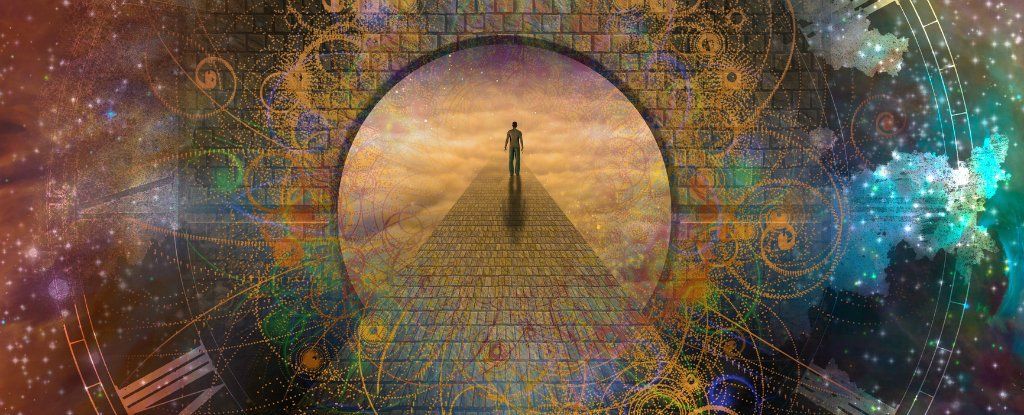
In the summer of 1935, the physicists Albert Einstein and Erwin Schrödinger engaged in a rich, multifaceted and sometimes fretful correspondence about the implications of the new theory of quantum mechanics.
The focus of their worry was what Schrödinger later dubbed entanglement: the inability to describe two quantum systems or particles independently, after they have interacted.
Until his death, Einstein remained convinced that entanglement showed how quantum mechanics was incomplete. Schrödinger thought that entanglement was the defining feature of the new physics, but this didn’t mean that he accepted it lightly.